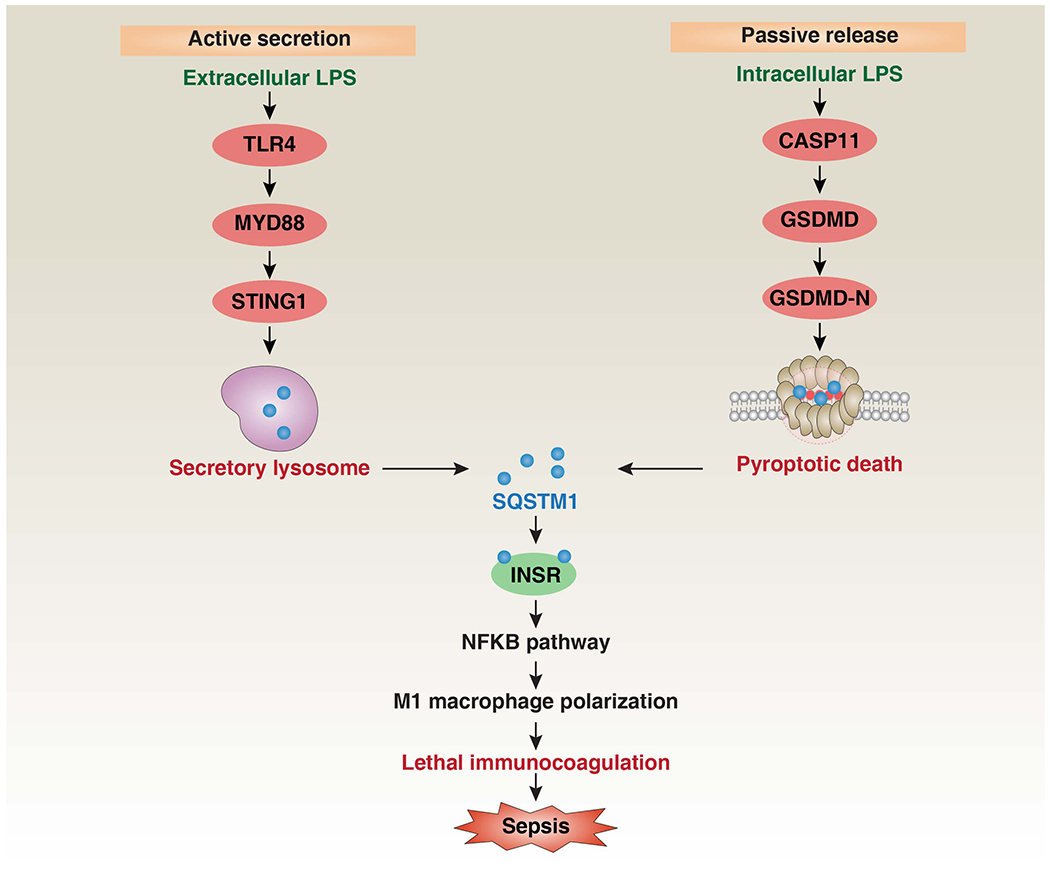Figure 3. Release and activity of SQSTM1 in mouse sepsis.

There are two mechanisms by which macrophages release SQSTM1 into the extracellular environment (active secretion or passive release). Extracellular LPS induces SQSTM1 lysosomal secretion by activating the TLR4-MYD88-STING1 pathway, while intracellular LPS triggers the pyroptotic release of SQSTM1 by activating the CASP11-GSDMD-GSDMD-N pathway [78]. After its release, SQSTM1 binds to the receptor INSR to activate the NFκB pathway, causing the polarization of pro-inflammatory macrophages (aka ‘M1’), and finally mediating septic death in mice through excessive inflammation and coagulation [78]. Abbreviations: CASP11, caspase 11; GSDMD, gasdermin D; INSR, insulin receptor; LPS, lipopolysaccharides; MYD88, MYD88 innate immune signal transduction adaptor; NFKB, nuclear factor-κB; PLCG1, phospholipase C gamma 1; ROS, reactive oxygen species; STING1, stimulator of interferon response CGAMP interactor 1; SQSTM1, sequestosome 1; TLR4, toll like receptor 4.
